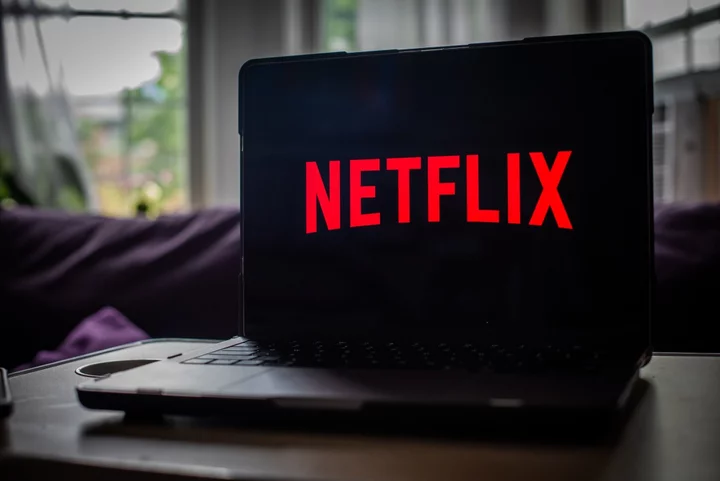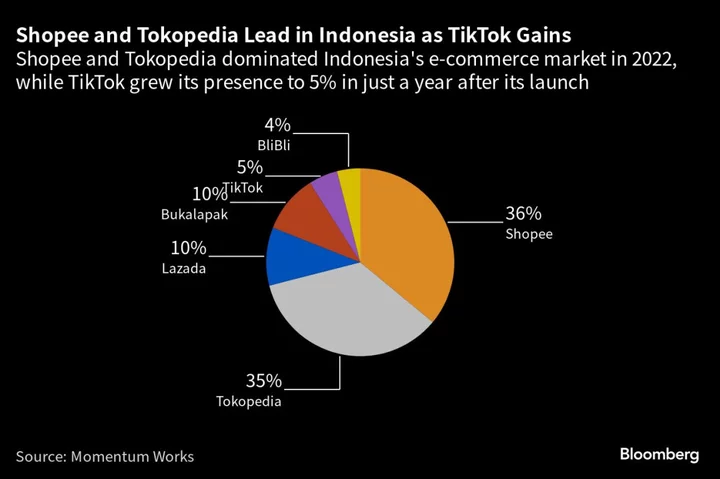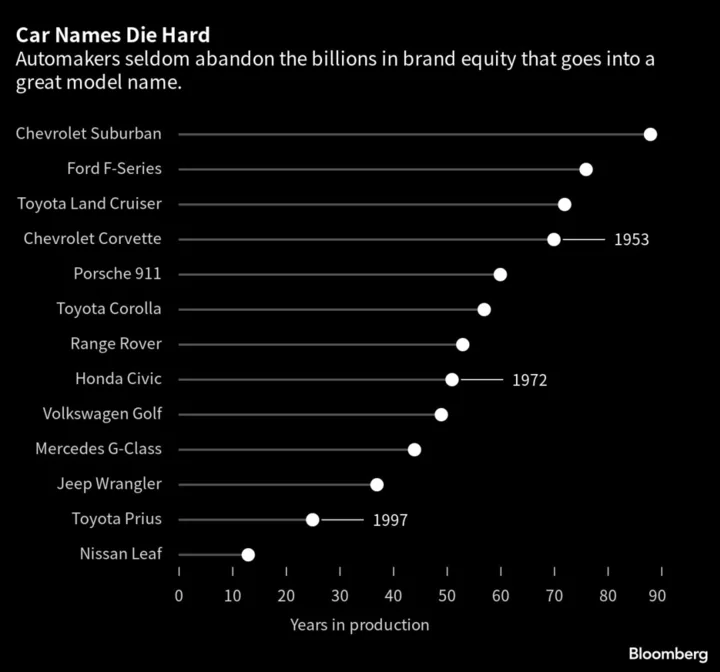Netflix Inc. projected third-quarter revenue that fell short of Wall Street estimates, suggesting a crackdown on password sharing and a new advertising tier aren’t yet delivering the sales growth analysts anticipated.
The results disappointed investors, who sent the shares down as much as 10% to $430.41 in extended trading late Wednesday. The stock had risen 62% this year on optimism surrounding those initiatives.
While Netflix grew its subscriber base by 8%, sales rose just 2.7% to $8.19 billion, coming in slightly below analysts’ projections. That was due in part to foreign exchange rates and to price cuts in some markets. Netflix also generated less revenue per customer in the most recent quarter. The company expects sales of $8.52 billion in the third quarter, compared with the $8.67 billion average of Wall Street estimates.
The results were fine “but not enough to move the stock higher given the move in past three months,” LightShed Partners analyst Rich Greenfield said after the results were announced.
Netflix executives preached patience on a call with Bank of America analyst Jessica Reif Ehrlich. It will take several quarters to realize the financial benefits of paid sharing, co-Chief Executive Officer Greg Peters said Wednesday.
“While we’ve made steady progress this year, we have more work to do to reaccelerate our growth,” the company wrote in a letter to shareholders.
The shortfall overshadowed a solid quarter by most other metrics. Netflix added 5.89 million customers in the second period, more than doubling Wall Street estimates, and finished the quarter with 238.4 million members.
The results marked the company’s best second quarter since the depths of the pandemic three years ago and far surpassed Wall Street forecasts of 2.07 million new subscribers. Management expects similar growth this period.
The company credited much of the boom to its crackdown on password sharing. In May, the streaming leader started charging people in more than 100 countries to continue sharing their passwords, a key part of its plan to accelerate growth after a sluggish 2022. Viewers using someone else’s subscription can now either pay to keep sharing or set up their own account.
The plan has been controversial with users, and analysts weren’t sure how it would impact the company’s growth. Netflix had long said it didn’t care if people used someone else’s account. But that was when it was adding more than 25 million customers a year. Netflix lost customers in the first half of 2022, prompting a steep drop in the shares and leading to a selloff in other media stocks.
Netflix initially warned it would see an uptick in cancellations at the start of the crackdown and that it would see more growth in the back half of this year. But the company said new sign-ups are already exceeding cancellations and that sales growth will accelerate in the months ahead, with third-quarter growth projected at 7.5%.
The early results from the password crackdown and Netflix’s new advertising tier convinced the company that it can phase out its least lucrative package. Earlier Wednesday, Netflix eliminated the lowest-priced ad-free plan, pushing consumers toward a lower-priced, ad-backed service or a costlier commercial-free plan.
While analysts have raised concerns about losses from streaming at many of Netflix’s competitors, including Walt Disney Co. and Warner Bros. Discovery Inc., Netflix is delivering higher profit quarter after quarter. Second-quarter earnings, at $3.29 a share, beat the $2.85 a share average of analyst estimates. Streaming accounted for 38% of all TV viewing in June, according to Nielsen, a new high.
“While streaming is intensely competitive, we’ve shown that with strong execution and focus, it can be a great business,” the company said its its letter.
Netflix raised its 2023 forecast for free cash flow to $5 billion, from at least $3.5 billion previously, as a result of a strike by writers and actors, which has shuttered production and cut spending
That benefit will be temporary, however. Free cash flow will take a hit next year when productions get back up and running. Co-CEO Ted Sarandos declined to address how the strike would impact the company’s output of new programming.
(Updates with co-CEO comment in fourth paragraph.)









